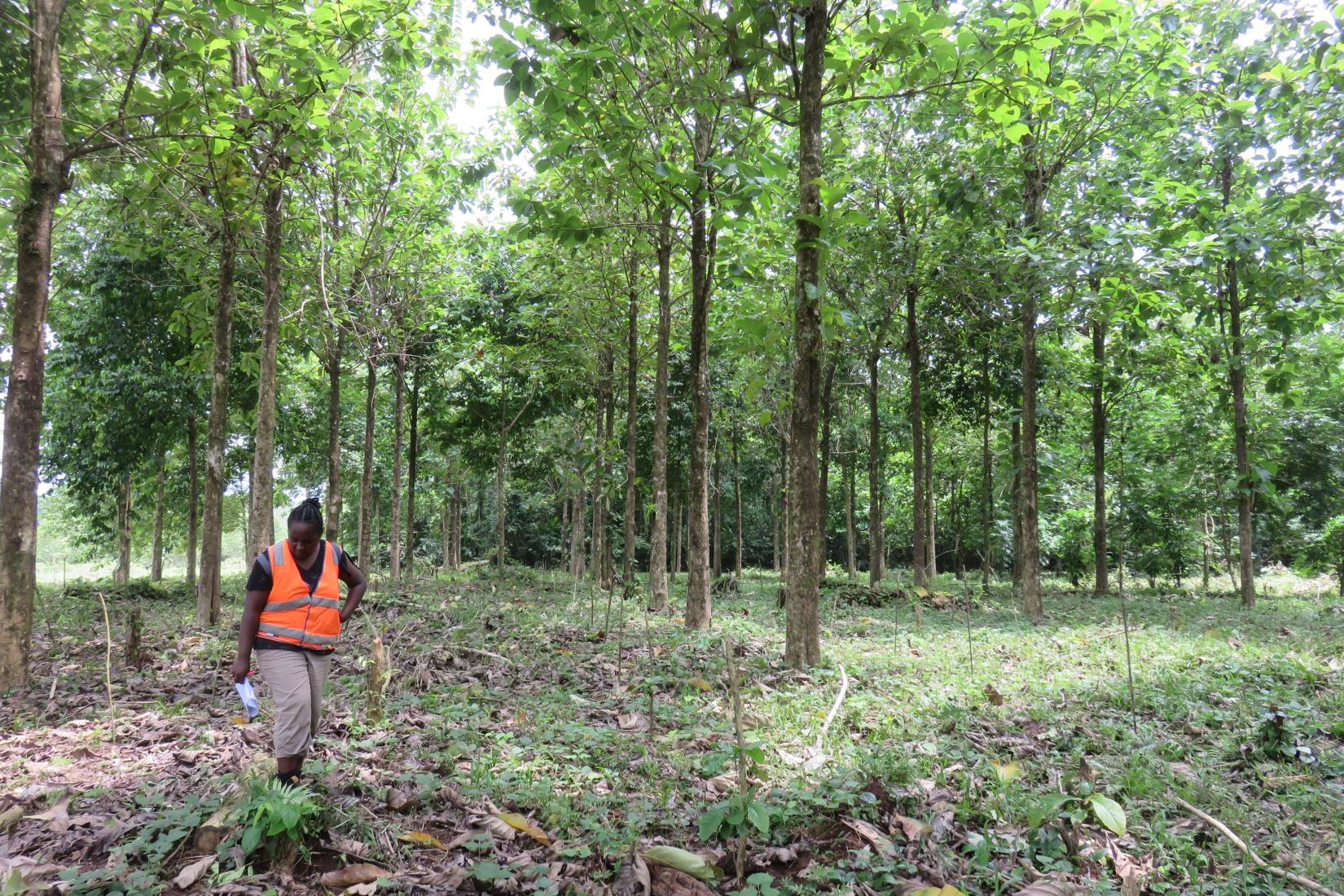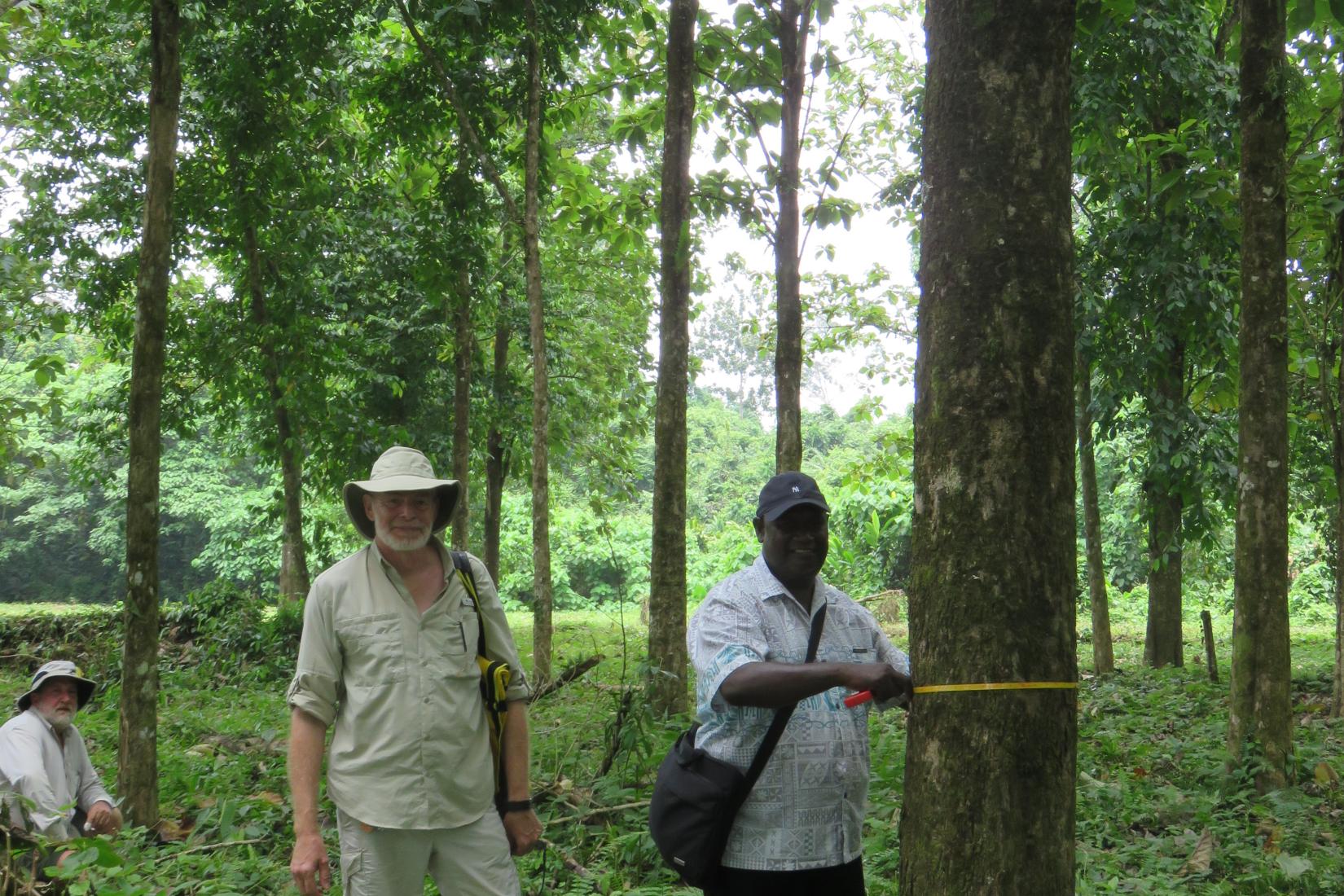This paper reports an experiment to assess competition between these two tree species for nitrogen – one of the main nutrients needed for plant growth. The research team used an isotope of nitrogen that could be traced from when it was added to the soil, to uptake by and then movement through the plants. They concluded that there was minimum competition between the trees during the first four years, indicating that the two species could be grown together in an agroforestry system.
This was collaborative research involving Griffith University in Brisbane, the Ministry of Forestry and Research and SPE Analytical, both in Honiara, and the Instituto de Ecología, Xalapa, Mexico.
The open-source publication of the above paper is part of wider initiative by ACIAR to disseminate the results of its projects as widely as possible. The move towards supporting open access is in line with ACIAR’s thinking on free and fair knowledge sharing in pursuit of more productive and sustainable agricultural systems.





